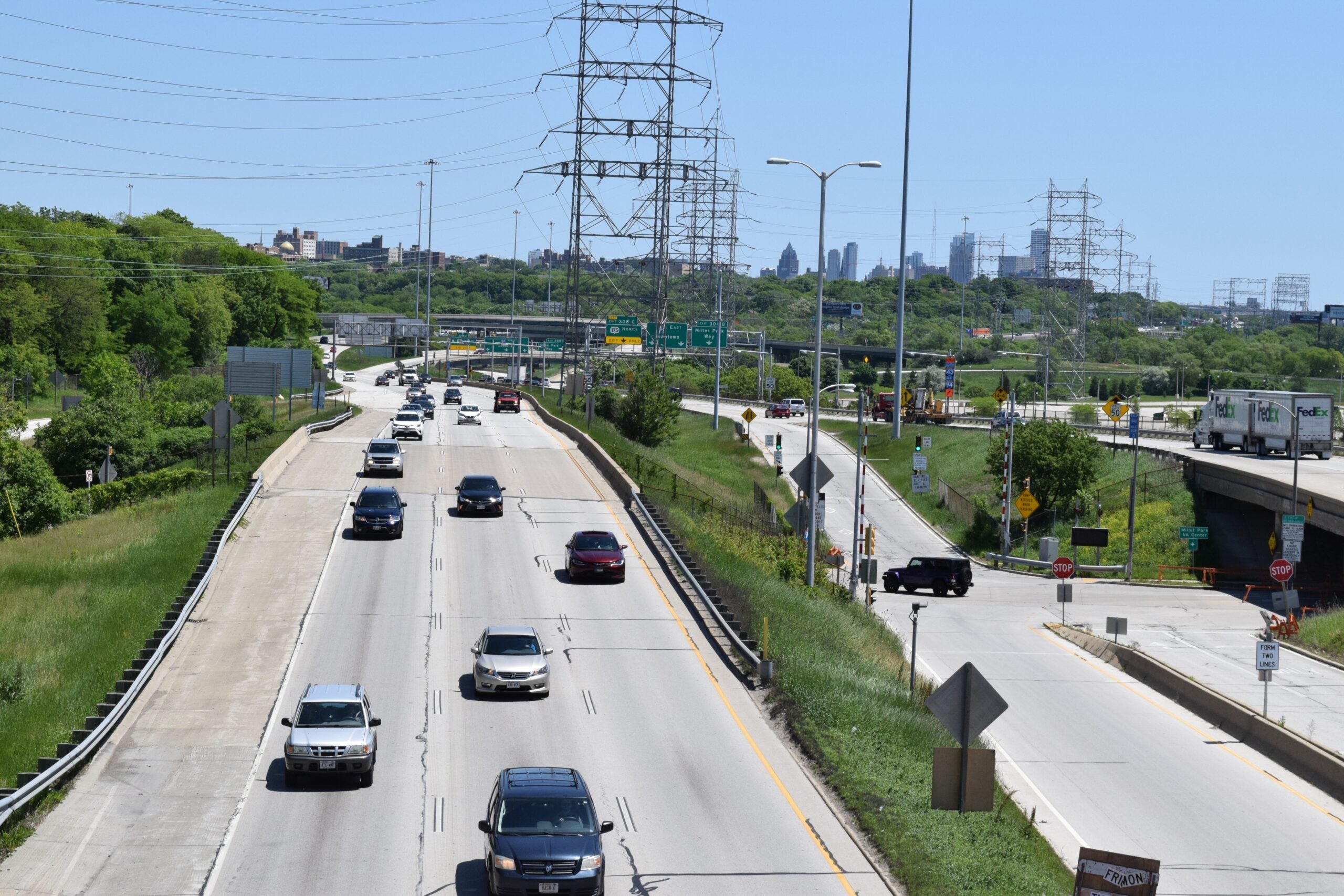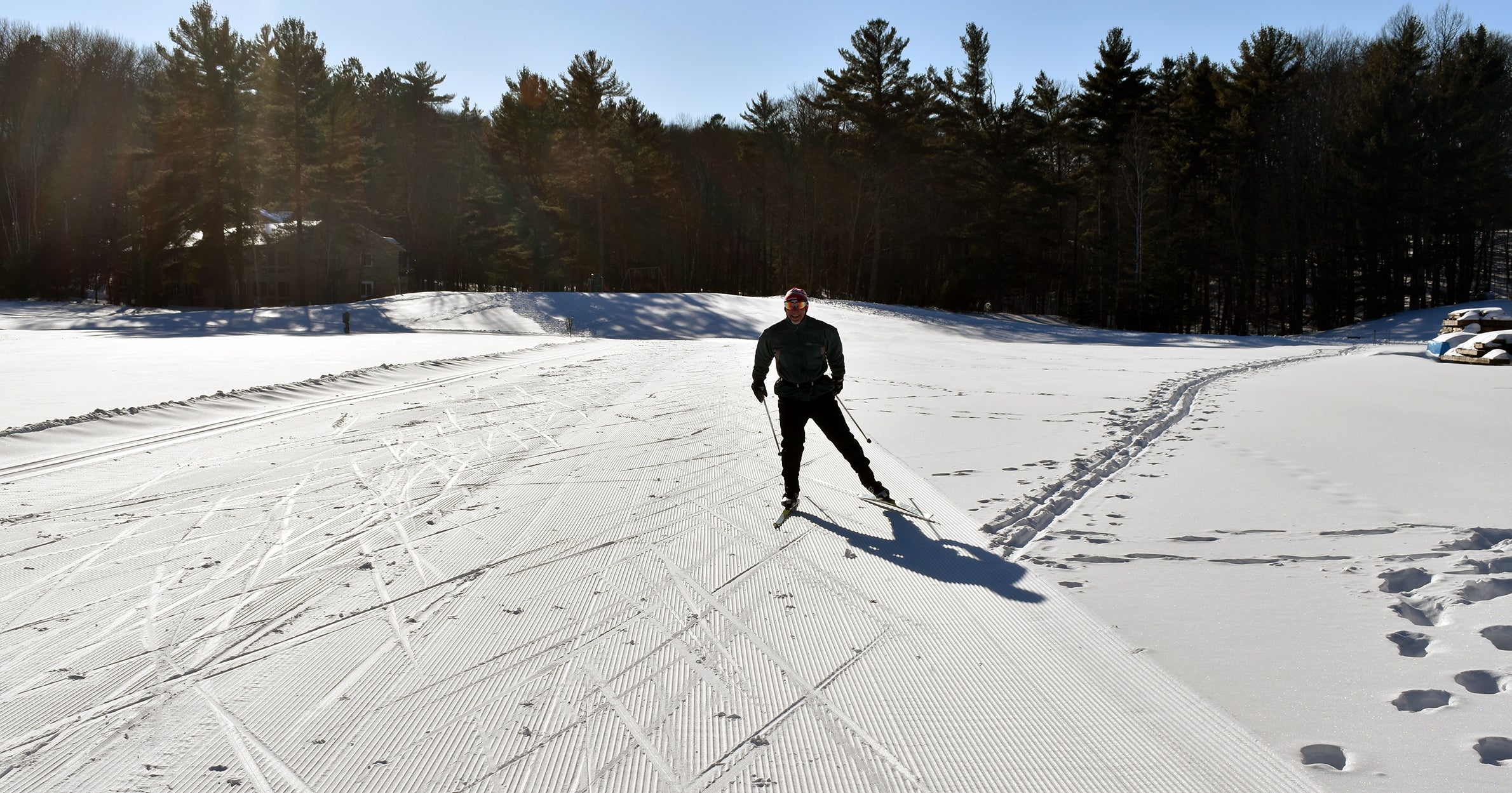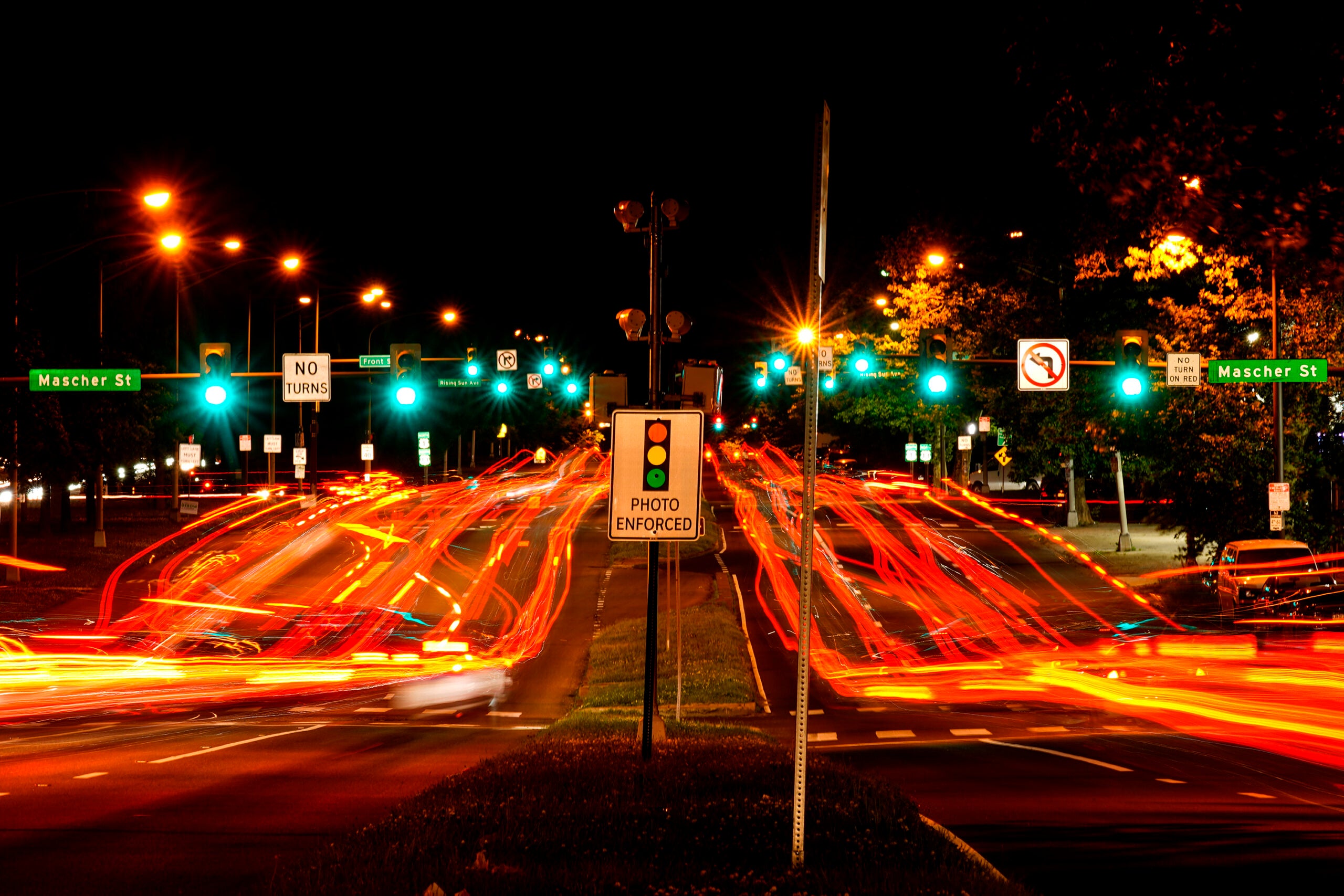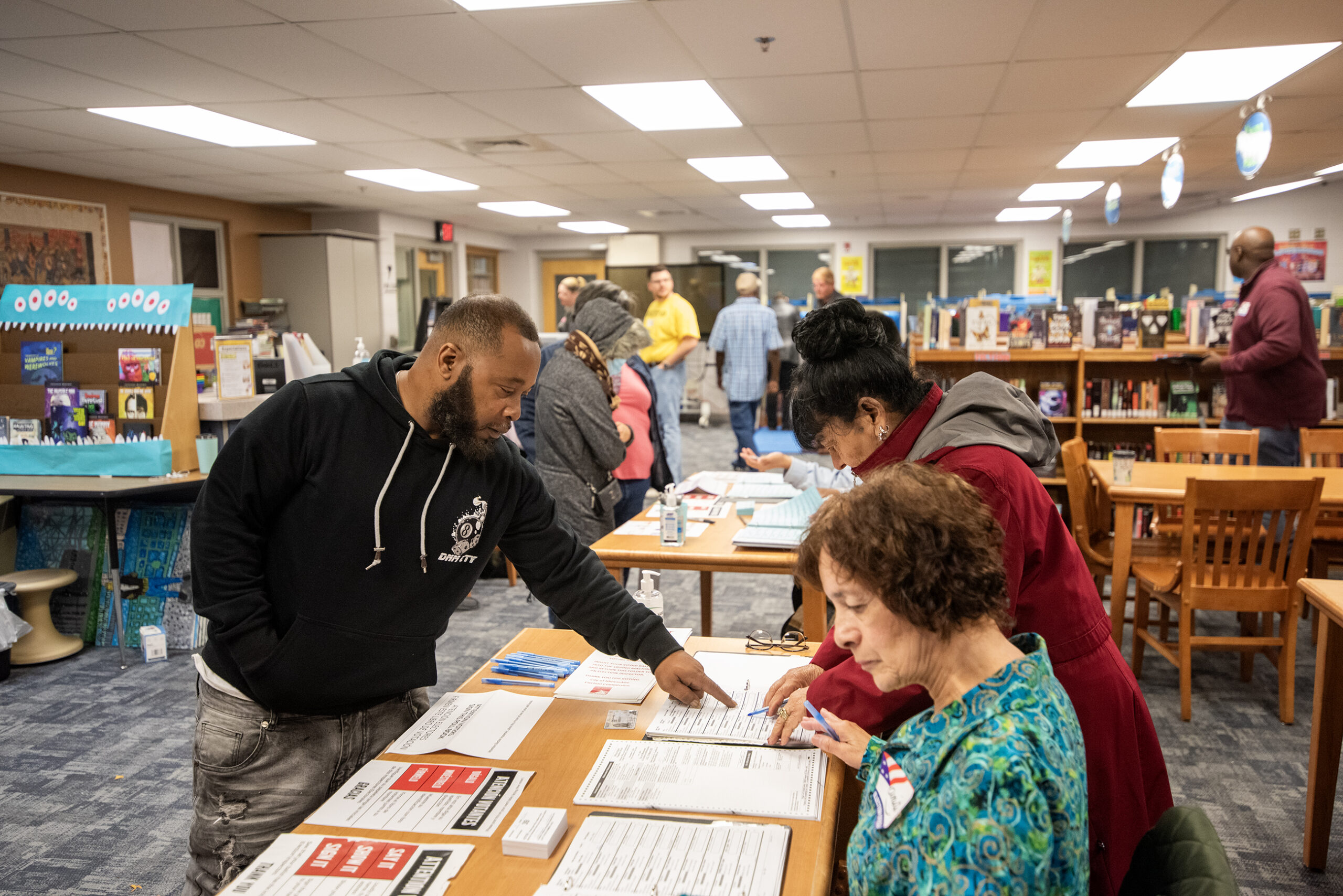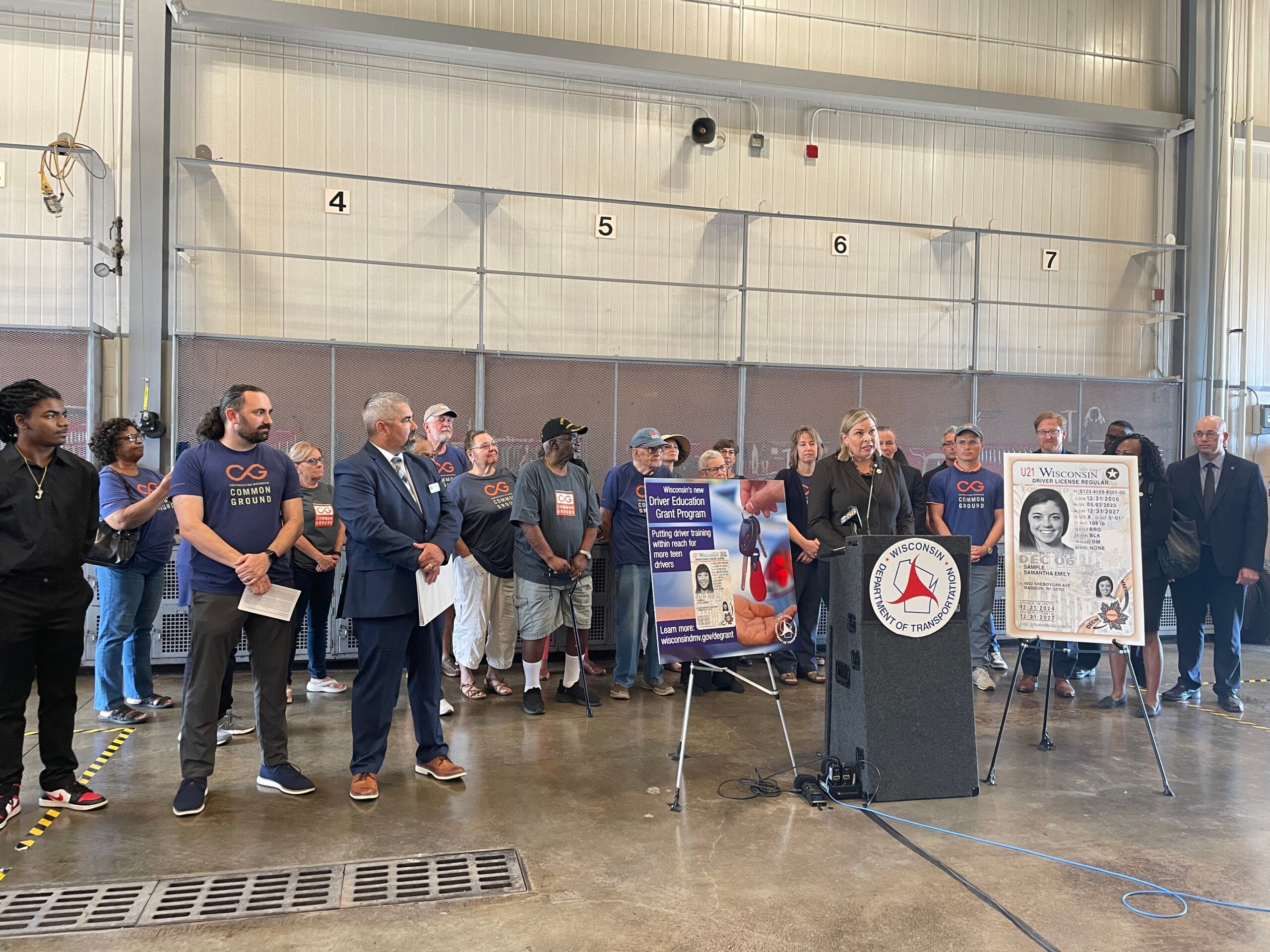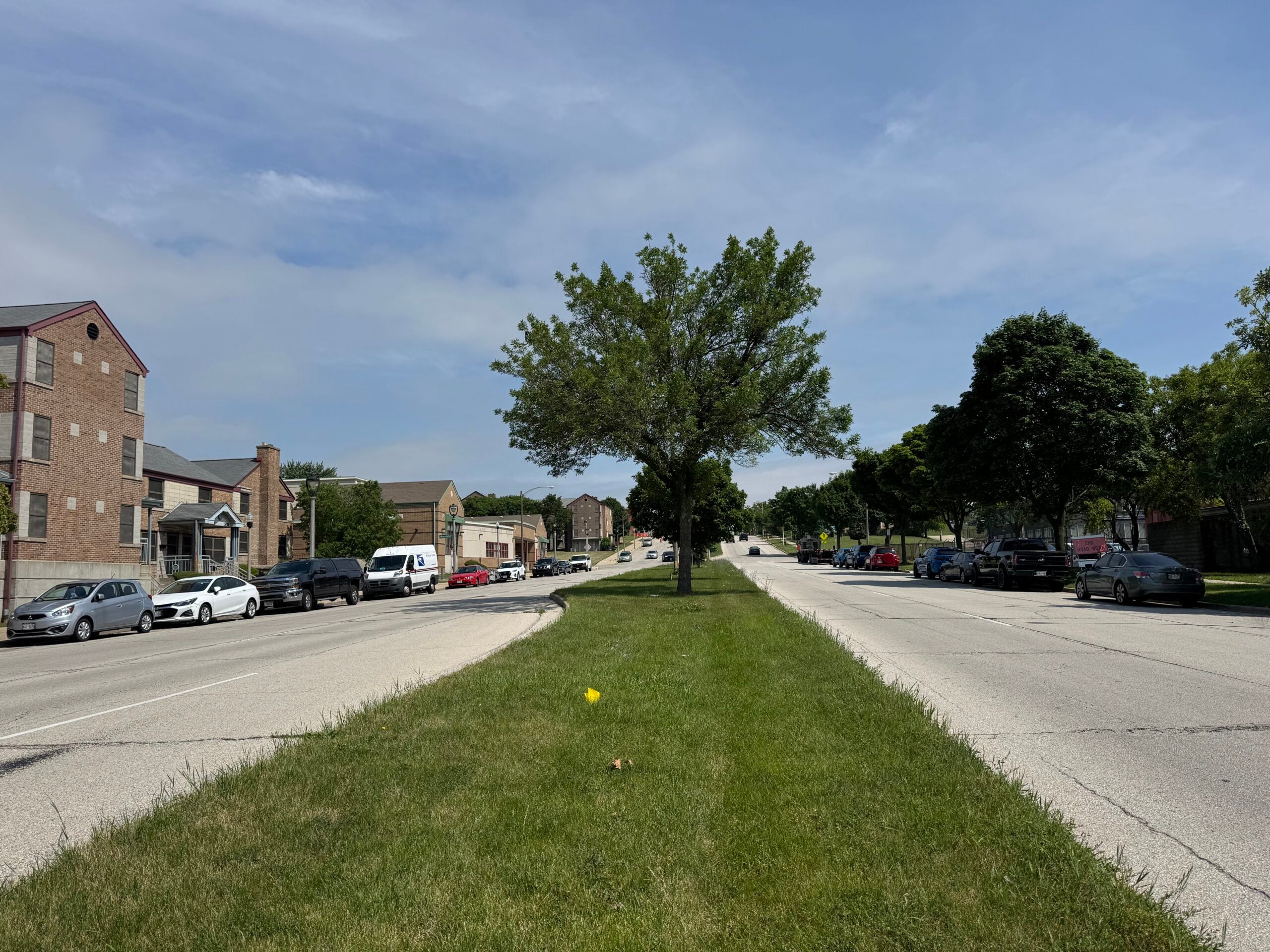In a sign that highway repairs could pinch Wisconsin coffers more in the future, the state’s top transportation official said Tuesday that recent bids from contractors are coming in higher than previous levels.
Appearing on Wisconsin Public Radio’s “The Morning Show,” Department of Transportation Secretary Craig Thompson said construction bids in the last six months are running about 11 percent higher than past years, citing inflation’s effect on the industry.
Thompson said the recent uptick follows three years of bids coming in lower than engineer estimates; the state is spending less than expected overall in the last four years. But Thompson said the new increase is still significant.
News with a little more humanity
WPR’s “Wisconsin Today” newsletter keeps you connected to the state you love without feeling overwhelmed. No paywall. No agenda. No corporate filter.
“We are definitely seeing costs impacted right now,” he said. “I think our construction industry is feeling it, and I don’t know how long that’s going to last for.”
Thompson on Tuesday also discussed how the department will handle higher bids, the flex lane that opened on the Beltline in Madison, electric vehicles and more.
The interview was edited for brevity and clarity.
Kate Archer Kent: More than 100 projects are happening across the state this summer. How are road projects being affected by supply chain challenges and labor shortages?
Craig Thompson: We’ve been moving forward. We’ve moved forward in all of the last three construction seasons without interruption. We haven’t had to cancel any of our lettings or any of our projects.
But this summer, we are seeing the effects of inflation on some of our bids that are coming in. For the three years prior, we had overall savings, meaning the bids were coming in lower than the engineer’s estimate. But recently in the last six months or so, we’re seeing it run about 11 percent above. So, it is having an impact.
KAK: What happens when your bids come back much higher than anticipated?
CT: They’re sealed bids. They come in, and in some cases if no other bidder bid on that project, and it’s significantly over, then in those cases we tend to reject the bid and send it back and hopefully make some modifications where we can to have a bid come in lower. If there was good competition and it was still over — that does happen with the cost of goods coming up sometimes — we’ll still end up signing the contract. That’s a cost we have to move forward on.
READ MORE: Lawmakers approve DOT plan for $280M in federal highway funding
KAK: Have you seen projects last longer than expected due to labor and economic conditions?
CT: We have not seen any significant delays. As a matter of fact, during the pandemic, we were able to close some more lanes during that time and do some adaptive scheduling and actually were able to finish some of the projects ahead of schedule. So, to this point, we’re not seeing delays in projects.
KAK: Where are the greatest needs at the local level?
CT: If you look at our state, almost 90 percent of the lane miles we have are on the local system. We have a tremendous amount of town, city, county (and) village roads. And we went decades without really investing (and) getting new revenue into our transportation fund, which is why we were so thrilled that in the first budget under Gov. Tony Evers, we finally came to agreement with the (state) Legislature on a new revenue package.
We’ve been able to get the counties, cities, villages and towns in the last two budgets the biggest increases they’ve seen. Their General Transportation Aids, which is the general pot of money for transportation, is up 14 percent. The Local Road Improvement Program, we were able to put in $90 million more in the first year and $100 million more (in the) second, which is by far the largest increases they’ve seen.
KAK: The state opened its first flex lane recently, and this is an option for drivers along the Madison Beltline during rush hour on weekdays. How is this supposed to benefit drivers?
CT: We’re very excited (with) how the flex lane is performing so far. We opened July 13. We did a lot of consulting with other states that have done flex lanes, including some of our neighbors, Michigan and Minnesota. And it was a way to get more reliability on the Beltline during peak times without having to add more real estate or more capacity in that way.
It’s (used) generally during the morning and afternoon drive times, but it is monitored with cameras. We have folks in our transportation management center who are monitoring it. So, we were able to use it to clear an accident (and) if there are Badger games going on. It is dynamic, and it will respond to when there gets to be enough traffic that there are slowdowns.
KAK: Your department recently submitted Wisconsin’s new electric vehicle charging infrastructure plan to the federal government, asking for $78.7 million in support. How will that money be used?
CT: In the federal infrastructure bill that passed, there is over $7 billion that are available for electric vehicles, basically charging infrastructure. In Wisconsin, if we’re successful in the plan that we’re submitting, (we) would be eligible for that money, about $78.7 million over the next five years.
We submitted the plan. We had to be able to demonstrate in that plan that we would be able to put in fast-charging level 3 charging stations along our alternative fuel corridors, at least every 50 miles and no more than 1 mile off of the exit.
KAK: So, that’s reducing the range anxiety that people have about driving electric vehicles across the country? What about in local communities?
CT: With the federal dollars we have to be able to demonstrate that we could accomplish that along those alternate fuel corridors. If we have any money left over, then we’ve got more flexibility to work off of those areas.
But I think we’re going to see the private market as well as local governments and others. It’s going to drive a lot more charging off of that area, whether it’s at hotels, whether it’s at other venues where people stay for a while — because the auto manufacturers have weighed in and they are changing. GM (General Motors) has said within 10 years they’re going to be producing 100 percent electric vehicles. So, this is coming, and states that are ready — and there is not range anxiety and people feel comfortable to come to their state — are going to reap the benefits. States that don’t have that are going to lose out.
Wisconsin Public Radio, © Copyright 2025, Board of Regents of the University of Wisconsin System and Wisconsin Educational Communications Board.

